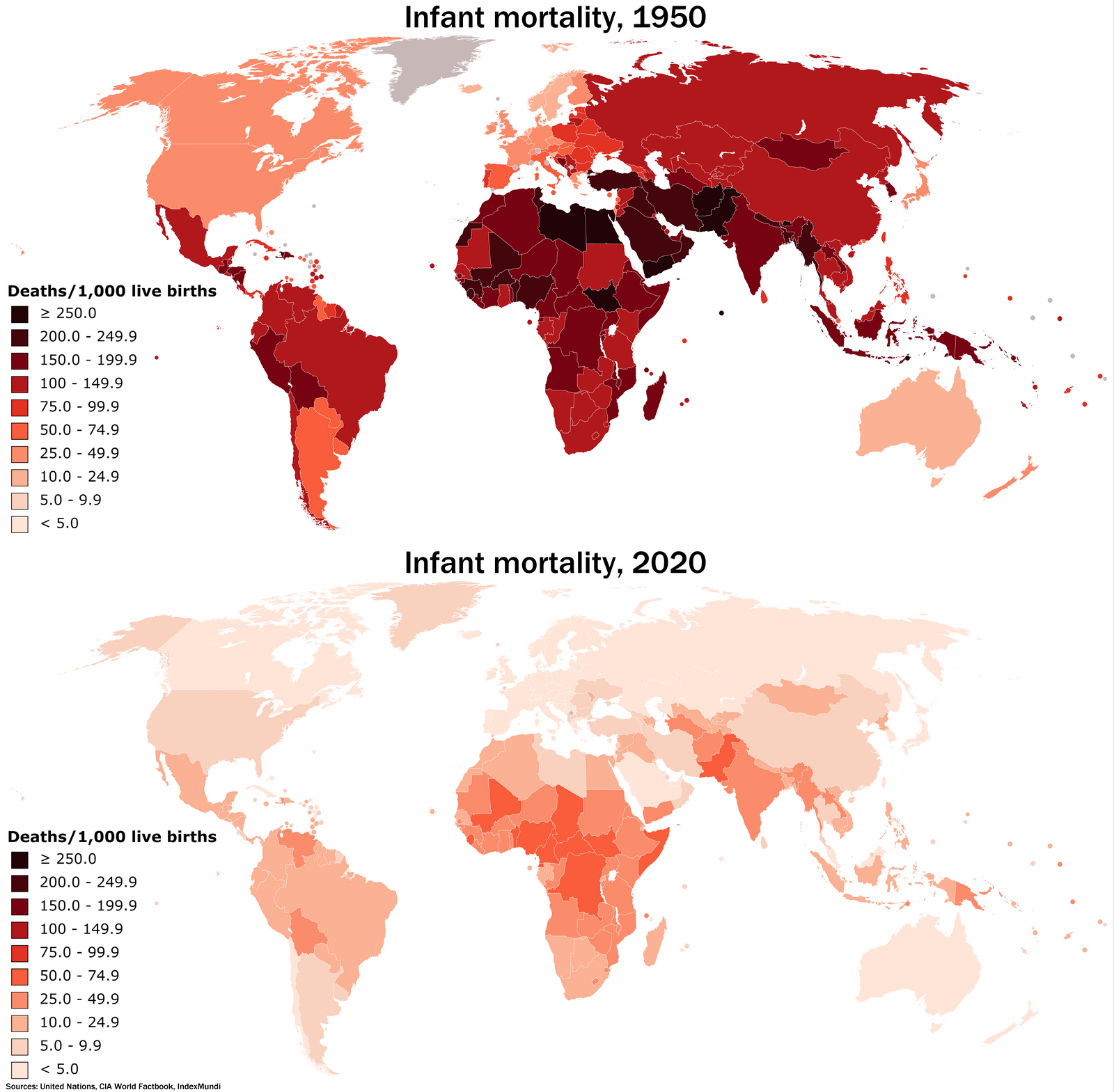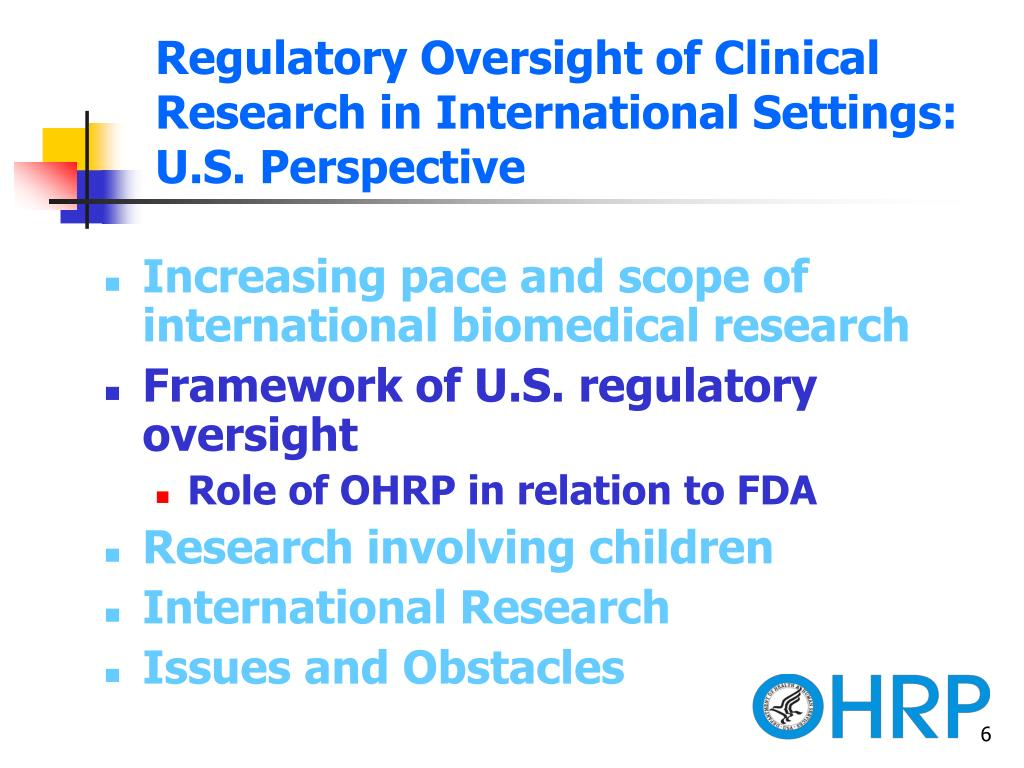
Infant mortality rates remain a critical challenge in public health, underscoring a troubling disparity that persists between racial groups in America. Despite overall improvements in life expectancy, recent studies reveal that Black infants experience mortality rates nearly double that of their white counterparts. These racial disparities in healthcare, particularly concerning the high Black infant death rate, highlight persistent healthcare inequality and its devastating impacts on communities. Alarmingly, the gap has widened over the past decades, calling attention to urgent public policy priorities. To effectively address these disparities, it is imperative that stakeholders focus on understanding the root causes and implementing equitable healthcare solutions.
The issue of infant death rates is a significant public health concern that reflects broader social inequalities within America. While life expectancy has generally increased, the survival rates for newborns reveal a stark contrast along racial lines, particularly affecting Black infants. This inequity in healthcare access and quality not only raises questions about systemic racism but also calls for critical examination of the societal factors contributing to poor health outcomes. By exploring alternatives such as neonatal mortality statistics, we can better understand the structural issues at play. Remediating these disparities is essential for ensuring that all infants receive the same opportunity for a healthy start in life.
The Alarming Trends in Infant Mortality Rates
Infant mortality rates have long served as a critical indicator of a nation’s healthcare quality and effectiveness. Recently published research indicates that despite significant overall improvements in life expectancy for many Americans, the disparity in infant mortality rates between Black and white infants has widened alarmingly. Currently, Black infants are experiencing death rates that are significantly higher, demonstrating a concerning trend that needs urgent attention. In fact, the disparity has manifested in a staggering statistic that Black infants die at nearly twice the rate of their white counterparts. This alarming information underscores an urgent need for comprehensive strategies to address the underlying causes of infant mortality and healthcare inequality.
The persistence of high infant mortality rates among Black Americans can be attributed to a multitude of factors, many of which are deeply entrenched in systemic healthcare inequalities. Access to quality prenatal care and maternal health services is not equitably distributed, leading to worsening outcomes for Black infants. Data from the study highlights medical conditions during pregnancy as a leading factor in these excess deaths, a trend that demands immediate public policy responses. Without actionable steps, we risk perpetuating these disparities, thereby compromising the lives of countless infants and the health of our communities.
Understanding Racial Disparities in Healthcare
Racial disparities in healthcare permeate various aspects, contributing to the concerning gap in health outcomes between Black and white populations. The recent findings on infant mortality rates are a stark reminder of how deeply entrenched these disparities are. Access to healthcare services, quality of care, and health education are often unequally distributed based on race, leading to differences in health outcomes. For instance, Black mothers frequently face barriers to obtaining adequate prenatal care, which is critical for ensuring the health and well-being of their infants. These disparities compound over time, perpetuating a cycle that affects generations.
Moreover, it is essential to recognize that these healthcare disparities cannot be viewed in isolation; they are intertwined with broader societal issues, such as socioeconomic status and systemic racism. A review of the data over the past seven decades exposes the harsh reality that improvements in overall life expectancy do not reflect the experience of all racial groups equally. Therefore, policymakers must prioritize targeted interventions that address the specific barriers faced by marginalized communities, ensuring that all individuals have equal opportunities for healthy pregnancies and thriving infants.
Addressing Healthcare Inequality for Better Outcomes
To tackle the pressing issue of healthcare inequality, it is crucial for public health officials and policymakers to advocate for systematic changes that provide equitable access to healthcare resources. The evidence from the recent study highlights the need for initiatives that focus on improving access to quality maternity and infant care services, particularly in communities where Black mothers and infants are disproportionately affected. Addressing these inequalities requires commitment from both public and private entities to enhance funding, education, and support for maternal health programs that cater specifically to at-risk populations.
In addition, creating awareness and fostering community engagement regarding the significance of prenatal and postnatal care can play a pivotal role in reducing infant mortality rates. Collaborating with community organizations and healthcare providers can help bridge gaps in care and facilitate better health outcomes for families. By prioritizing health equity and ensuring that diverse voices are included in the decision-making processes, society can begin to move towards a future where infant mortality rates reflect the true potential of comprehensive healthcare for all.
The Interplay of Socioeconomic Status and Health
Socioeconomic status significantly influences health outcomes across different racial groups, and this is particularly evident in the disparities observed in infant mortality rates. Families with limited financial resources may face difficulties accessing quality prenatal care, leading to higher risks during pregnancy and delivery. The alarming statistic that Black infants are dying at increasingly higher rates compared to white infants can often be linked to the socioeconomic struggles faced by many Black families, which perpetuates cycles of poverty and limited access to necessary healthcare services.
Furthermore, the lack of education about health practices and available resources can compound these disparities. Community outreach and education initiatives aimed at expectant mothers can serve as vital tools in improving overall pregnancy outcomes. By investing in health education and support services tailored to the unique challenges faced by marginalized communities, we can significantly reduce healthcare inequalities and improve life expectancy in America, particularly for vulnerable populations.
Health Policy Reforms for a Just Future
The findings regarding Black infants’ mortality rates serve as a clarion call for urgent health policy reforms aimed at rectifying these inequities. For policymakers, the challenge is to shift towards a more equitable healthcare framework that prioritizes the needs of marginalized groups. This includes re-evaluating funding allocations to ensure that resources are directed towards areas with the greatest need, particularly in communities experiencing significant health disparities. Addressing racial disparities in healthcare not only improves individual outcomes but also enhances the overall health of the society.
Moreover, health policy reforms must be backed by solid data and ongoing research to understand the complexities of these disparities more comprehensively. By fostering collaborations between researchers, healthcare providers, and community organizations, a multifaceted approach can be developed, integrating insights from various sectors to inform effective policies. By committing to equity in healthcare, society can work towards ensuring that no infant dies due to preventable causes, irrespective of their racial background.
Long-term Strategies to Combat Infant Mortality
Combating infant mortality requires a long-term commitment to addressing the root causes of health disparities and implementing sustainable strategies. It is essential to enhance prenatal and postnatal care, ensuring that access is universal and equitable. This will involve training more healthcare providers to serve in communities with high mortality rates and ensuring that they understand the cultural context and specific needs of the populations they serve. Developing mentorship and support systems for expectant mothers will also play a crucial role in improving health outcomes.
Furthermore, community-centric programs that focus on the social determinants of health, such as housing, education, and nutrition, are vital in creating an environment where Black infants can thrive. These strategies need to be scalable and adaptable to different communities to ensure they meet localized needs effectively. With concerted efforts from all stakeholders, including government agencies, healthcare providers, and community organizations, we can cultivate a future where all infants have the opportunity to lead healthy and fulfilling lives.
The Role of Community Engagement in Healthcare
Community engagement is a pivotal aspect of addressing healthcare disparities, particularly concerning the alarming trends in infant mortality rates. Engaging with community members and leaders can provide valuable insights into the specific challenges faced by those impacted by health inequalities. By fostering strong relationships with local organizations, healthcare providers can develop tailored programs that resonate with the community’s needs and cultural context, ultimately leading to better health outcomes for Black infants and their families.
Additionally, empowering community members to take an active role in health advocacy can enhance awareness around available resources and support systems. Training community health workers to provide education about maternal and infant health can bridge the gap in knowledge, ensuring that families are informed and equipped to make better healthcare decisions. This collaborative effort can reshape the narrative around infant mortality, focusing on prevention and support rather than solely on outcomes.
Research as a Tool for Change
Robust research is essential in understanding the complexities of infant mortality rates and addressing the systemic issues that underlie these disparities. The recent study highlighting the widening gap between Black and white infant mortality rates emphasizes the importance of data-driven insights in creating effective interventions. Researchers have a duty to continue exploring the multifaceted causes of these disparities and to communicate their findings to policymakers, healthcare providers, and the general public to raise awareness and drive action.
Furthermore, long-term studies are critical to identifying patterns and trends that can inform future health initiatives. By investing in research that focuses on the intersection of race, healthcare access, and outcomes, we can begin to devise targeted solutions that address the unique challenges faced by marginalized communities. This collaborative effort can create a foundation for systemic change, ultimately leading to improved health outcomes and a reduction in infant mortality rates among Black infants.
Towards a Healthier Future: Vision for Change
Envisioning a healthier future requires a collective commitment to dismantling the barriers that contribute to healthcare disparities. The findings on infant mortality emphasize that achieving health equity is not just a goal but a moral imperative. Policymakers, healthcare providers, and community members must work together to create comprehensive strategies that prioritize the health of vulnerable populations. Investments in public health programs that focus on maternal and child health can set the stage for a transformative approach to addressing these inequities.
Ultimately, fostering an environment where all infants, regardless of race, have the opportunity to thrive is a shared responsibility. By leveraging research, community engagement, and policy reform, stakeholders can develop sustainable solutions to reduce infant mortality rates and improve life expectancy for all Americans. As we move forward, it is crucial to remain vigilant and proactive, ensuring that past injustices do not continue to manifest in the health outcomes of future generations.
Frequently Asked Questions
What are the infant mortality rates between Black and white Americans?
Infant mortality rates show significant disparities, with Black infants dying at twice the rate of white infants. While mortality rates have improved for both races, the gap has widened, with the current rate of death among Black infants being 115% higher than their white counterparts. This issue reflects deep-rooted healthcare inequality.
How do racial disparities in healthcare impact infant mortality rates?
Racial disparities in healthcare contribute significantly to infant mortality rates. In particular, Black infants face higher mortality due to access and quality of care differences. Despite improvements in overall life expectancy in America, the widening gap in infant mortality rates highlights the urgent need to address these healthcare inequalities.
What factors have contributed to the increase in the Black infant death rate?
The increase in the Black infant death rate can be attributed primarily to medical conditions during pregnancy, alongside broader healthcare inequality. Access to care and the quality of healthcare received also impact these outcomes. This disparity necessitates a focused effort to improve healthcare systems for Black mothers and infants.
What does the study on infant mortality rates reveal about life expectancy in America?
The study highlights that while life expectancy has generally improved for both Black and white Americans, this trend has not translated to equal improvements in infant mortality rates. In fact, the gap has worsened, emphasizing persistent healthcare disparities that affect particularly vulnerable populations, such as Black infants.
What actions are recommended to address healthcare inequality and infant mortality rates?
To address healthcare inequality and the alarming infant mortality rates among Black infants, it is essential for policymakers to prioritize equitable access to healthcare resources. This includes improving the quality of maternal and infant care, facilitating access to preventative services, and implementing targeted public health initiatives to close the existing gaps.
| Key Point | Details |
|---|---|
| Overall Mortality Rates | Mortality rates for Black and white Americans have narrowed since the 1950s, with overall life expectancy improving. |
| Infant Mortality Rates | Black infants die at twice the rate of white infants, with rate disparity worsening from 92% higher to 115% higher since the 1950s. |
| Life Expectancy Improvements | Life expectancy for Black Americans rose to 76 years (up 20.4%) and white Americans to 79.3 years (up 13%). |
| Reasons for Disparity | Medical conditions during pregnancy are a leading cause for the higher infant mortality rate among Black infants, highlighting healthcare inequality. |
| Policy Implications | The findings suggest a need for focused public policy interventions to close the gap in infant mortality rates and improve healthcare access for Black Americans. |
Summary
Infant mortality rates reveal a concerning disparity where Black infants face significantly higher death rates compared to white infants. Despite improvements in life expectancy for both Black and white Americans, the mortality gap among infants has widened, indicating systemic healthcare inequalities. A comprehensive 70-year study highlights that while overall health metrics have shown progress, the specific needs and conditions affecting Black infants require immediate attention from policymakers and healthcare providers to ensure equitable health outcomes.






